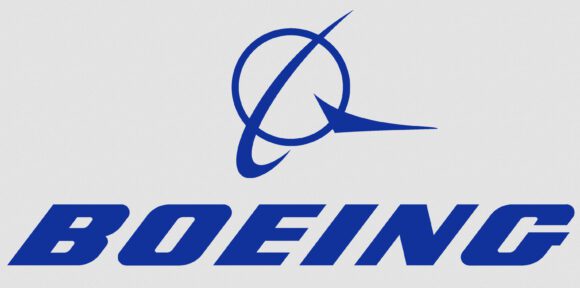
American Airlines 737 MAX stored in Tulsa C10A0992 e1569261763899
Airlines are stumbling through the pandemic. Cost management is the principal activity at every airline in order to remain solvent and hope for rapid vaccine deliveries to their customers. Since the focus among airlines is the need to drive down costs, it is useful to understand why this helps make the case for the MAX.
The MAX8 is by far the best seller, so let’s focus on its predecessor the 737-800. Here is what we see among US airlines in terms of engine costs per hour. Our source data is the US DoT Form 41 and T-2. The chart shows the engine costs for the US airline fleet of 737-800s through September 2020.
Since the MAX was grounded, airlines needed to work their -800s for longer than what they might have planned. If we breakdown the data into a shorter period, but show the airlines, we see the following.
The “pain” is not spread evenly. Southwest’s -800 fleet is the youngest and has the lowest costs. 2020 numbers are clearly rising and that does not help operators seeking to cut costs.
What about overall costs per hour? Here’s what we see among US airlines. Ignore the 2019 and 2020 MAX (7M8) numbers because the grounding and test flights skewed the data. As is evidenced when you look at the totals for those years; MAX numbers had virtually no impact.
As the US airline MAX fleet grew by 2018 it was already over 10% cheaper to operate on a per hour basis compared to the -800. Then look at the costs of the -800 in 2020 and we can see why airlines would want to bring their MAXs online. Even if the MAX offers only 10% lower costs (now likely to be much better than 10% we think) then airlines with a frantic focus on cutting costs would want to park -800s and keep MAXs. Besides, the MAXs will come with a warranty and will require far less MRO. Which is why we see MAX deliveries happening so quickly after the FAA’s decision.
Views: 2







